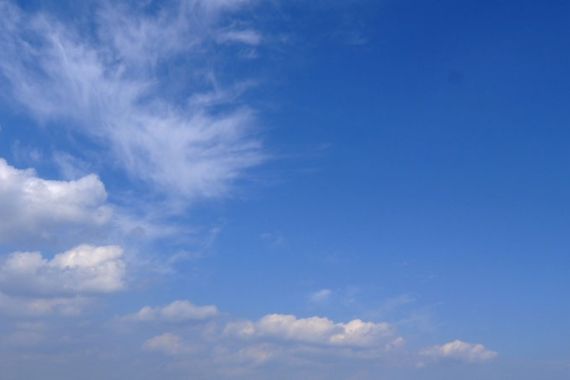Springing temperatures
From frost to heat, in the blink of an eye.

At this time of year, across North America, the cold air from northern Canada is fighting a battle with warmer air from further south.
Temperatures often yo-yo, from blisteringly hot to bone-chillingly cold, and this year has been worse than usual.
Keep reading
list of 4 itemsEnergy summit seeks to curb cooking habits that kill millions every year
Thousands evacuate as wildfire grows ‘dramatically’ in western Canada
Guardians of the glaciers – life alongside Pakistan’s vanishing ice
Just two weeks ago, snow was on the ground across much of the northern Plains. Now, the temperatures are soaring over 30C.
Parts of the state of Nebraska are now seeing the warmest weather ever recorded so early in the year. On Tuesday, Omaha hit 38C, and Tekamah reported a scorching 42C.
The reason for the high temperatures is the dry weather that is lying across the region.
Normally at this time of year, the winds would be drawing up warm, moist air from the Gulf of Mexico. Moist air is more difficult to heat than dry air, because the water in moist air has to be heated as well as the air itself.
However, this year, the flow of moisture has been blocked by an area of high pressure which has been feeding in air from the west.
These western winds have crossed the enormous Rocky Mountains on their journey to Nebraska, and in doing so have losing all their moisture. As the air flows down the other side of the Rockies towards the Plains, it is much drier, so can heat up far more quickly, as Nebraska has seen over the last few days. This phenomenon is known as the Foehn Effect.
Whilst the western Plains are seeing the temperatures soar, in the east it’s a very different story.
As temperatures were predicted to drop below freezing, one farmer in Ottawa decided to take matters into his own hands.
Fearing the frost would ruin his apple crop, he took the extraordinary measure of hiring a helicopter to hover over his orchard for the entire night.
This is the second time that Phil Lyall of Mountain Apple Orchards has spent thousands of dollars on this technique, the last time he reported a dramatic change of temperature from -3C to +3C.
The helicopter raises the temperature of the field by disturbing the air above it. Land cools more readily than the air, so during the night, the temperature of the ground will be lower than the air. This will also cause the air nearest the ground to cool quickly as well. By flying a helicopter low over the trees, the air is mixed up; some of the coldest air near the ground is blasted out the way by warmer air from higher up in the atmosphere.
Lyall took the extreme measure when he heard that temperatures may drop to -2C, which could kill up to 90% of his crop.
Whilst this method may have proved successful in this case, there are still questions about the ethics of using the helicopter at a time when there is a global drive to reduce greenhouse gas emissions.
The changing weather can be expected to continue across many parts of North America in the coming few weeks, until the summer weather finally dominates the continent.